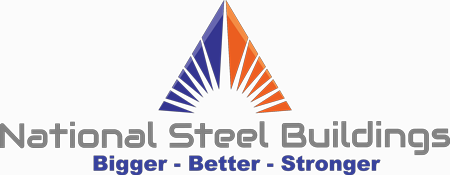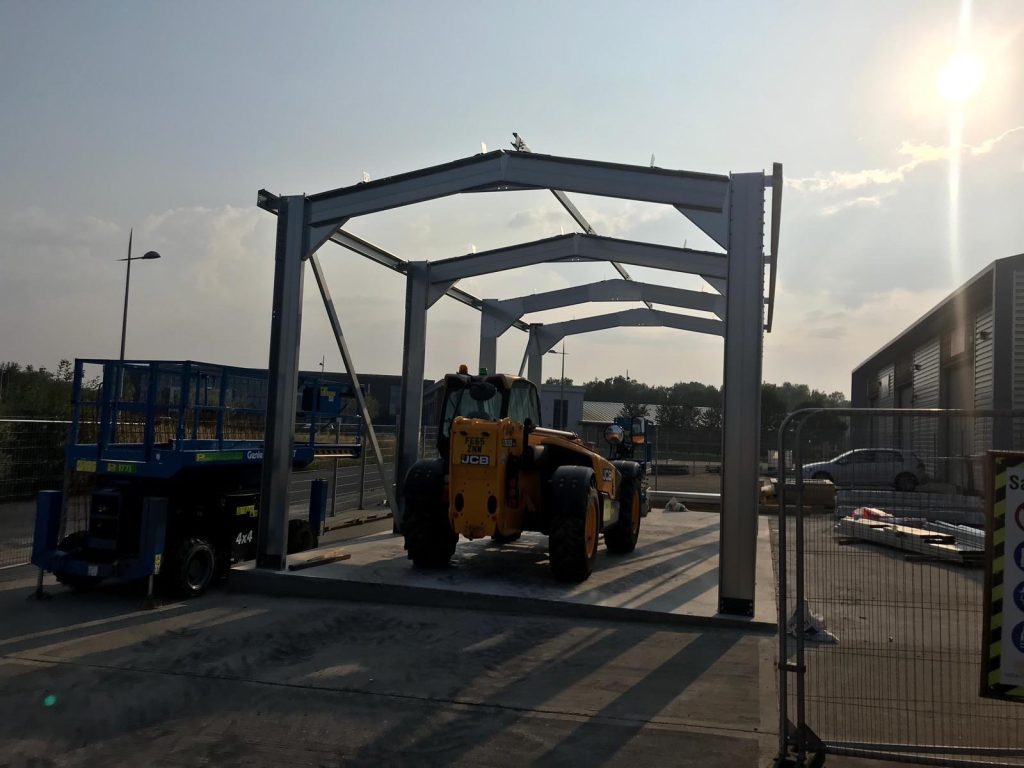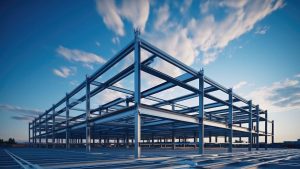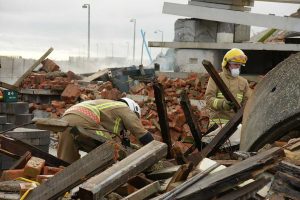Steel buildings have long been a popular choice in the construction industry, but a number of misconceptions still surround them. It is essential that accurate information is available so that individuals and businesses can make informed decisions when considering steel buildings for their projects.
In this blog post, we will address and debunk some of the most common myths associated with steel buildings.
Myth 1: Steel buildings are only for industrial use
The origins of steel buildings can be traced back to their initial use in industrial settings. However, over the years, their applications have broadened significantly. Steel buildings are now utilised in a wide range of sectors, including commercial, residential, agricultural, and recreational facilities.
In recent years, we’ve seen an increasing number of businesses opting for steel-framed offices and retail spaces, while homeowners have turned to steel for modern and energy-efficient housing solutions.
Additionally, steel buildings have become a popular choice for agricultural storage, equestrian centres, and sports arenas. These examples demonstrate the versatility and diverse applications of steel structures.
Myth 2: Steel buildings are expensive and lack customization
While the initial cost of steel buildings can be higher compared to traditional construction methods, it is important to take into account the long-term savings and benefits. Steel buildings require less maintenance, are more energy-efficient, and have a longer lifespan, all of which contribute to cost savings over time.
Moreover, steel buildings offer a remarkable level of design flexibility and customization options. With advances in modern architectural design and technology, steel buildings can now be tailored to meet unique specifications and aesthetic preferences.
From exterior finishes to interior configurations, the possibilities for customization are nearly endless. As a result, numerous unique steel building projects have emerged, defying the misconception that they lack individuality.
Myth 3: Steel buildings are not environmentally friendly
Contrary to popular belief, steel buildings are, in fact, environmentally friendly. The steel production process has made significant strides in reducing its environmental impact, and steel is one of the most recycled materials in the world. Moreover, most steel buildings contain a high percentage of recycled content, which reduces waste and the need for additional raw materials.
In addition to being recyclable, steel buildings offer a range of sustainable design options, such as energy-efficient insulation and solar panels. Furthermore, steel buildings are durable and long-lasting, which reduces the need for frequent replacement and the associated environmental impact. Many steel structures also qualify for green building certifications and ratings, further debunking this myth.
Myth 4: Steel buildings are not safe or durable
Safety and durability are crucial factors when selecting a building material, and steel is widely recognised for its exceptional structural integrity. Steel buildings are designed to withstand extreme wind loads and offer excellent seismic performance, making them a reliable choice in various conditions.
Fire safety is another area in which steel buildings excel. As a non-combustible material, steel does not contribute to the spread of fire, and fire-resistant coatings and design options can be incorporated to further enhance safety.
Additionally, steel buildings are resistant to pests and rot, which are common issues in traditional wood-framed structures. In terms of lifespan and durability, steel buildings often outperform their counterparts made from other materials.
Myth 5: Steel buildings take a long time to construct
One of the key advantages of steel buildings is their relatively quick construction times. Prefabricated steel building components are manufactured off-site and arrive ready for assembly, which considerably speeds up the construction process. Moreover, steel buildings can be erected in various weather conditions, minimising delays caused by adverse weather.
While factors such as project complexity and site conditions can impact construction timelines, steel buildings are generally quicker to construct than traditional methods. This results in reduced labour costs and earlier occupancy, offering significant advantages for both residential and commercial projects.
Conclusion
In conclusion, this blog post has debunked several common myths surrounding steel buildings. We have demonstrated that steel buildings are not solely for industrial use, but instead offer versatility and diverse applications across various sectors.
Additionally, we have addressed misconceptions about cost, environmental impact, safety, and construction times, highlighting the numerous benefits of steel structures.
As you consider options for your next construction project, we encourage you to research and contemplate the advantages of steel buildings. Armed with accurate information, you can make an informed decision and potentially enjoy the many benefits that steel buildings have to offer.




